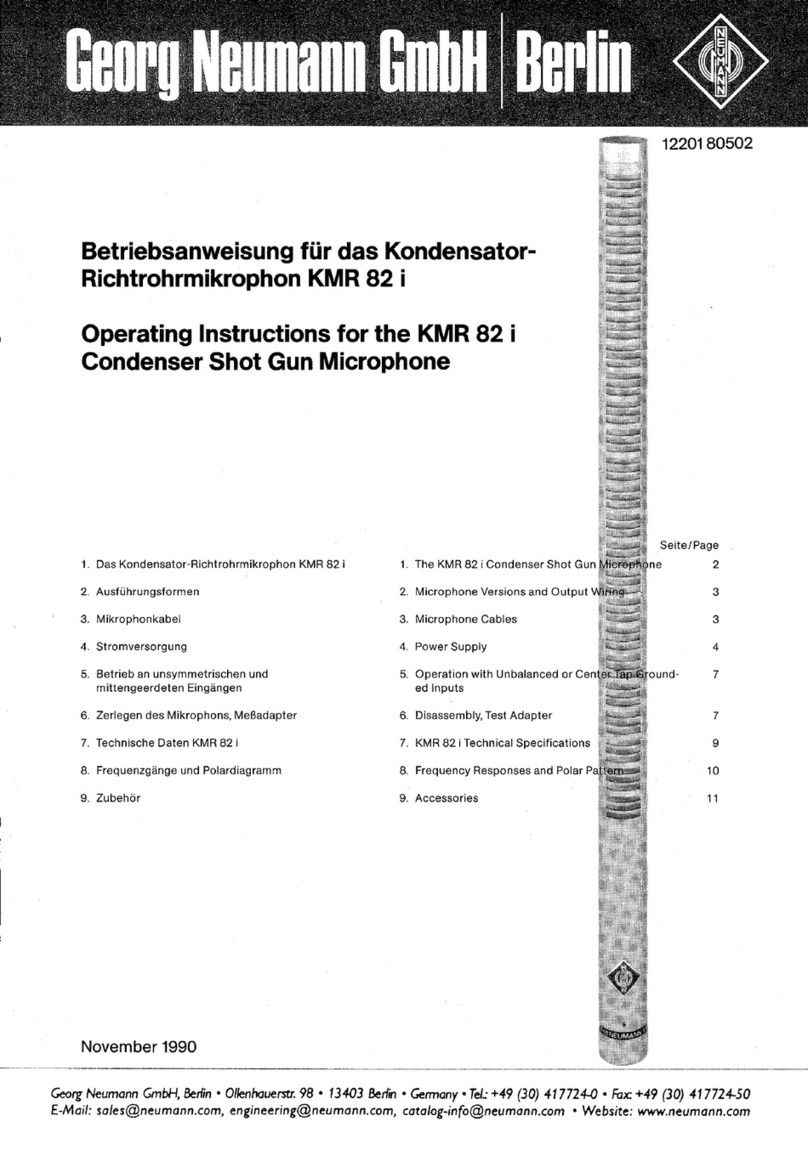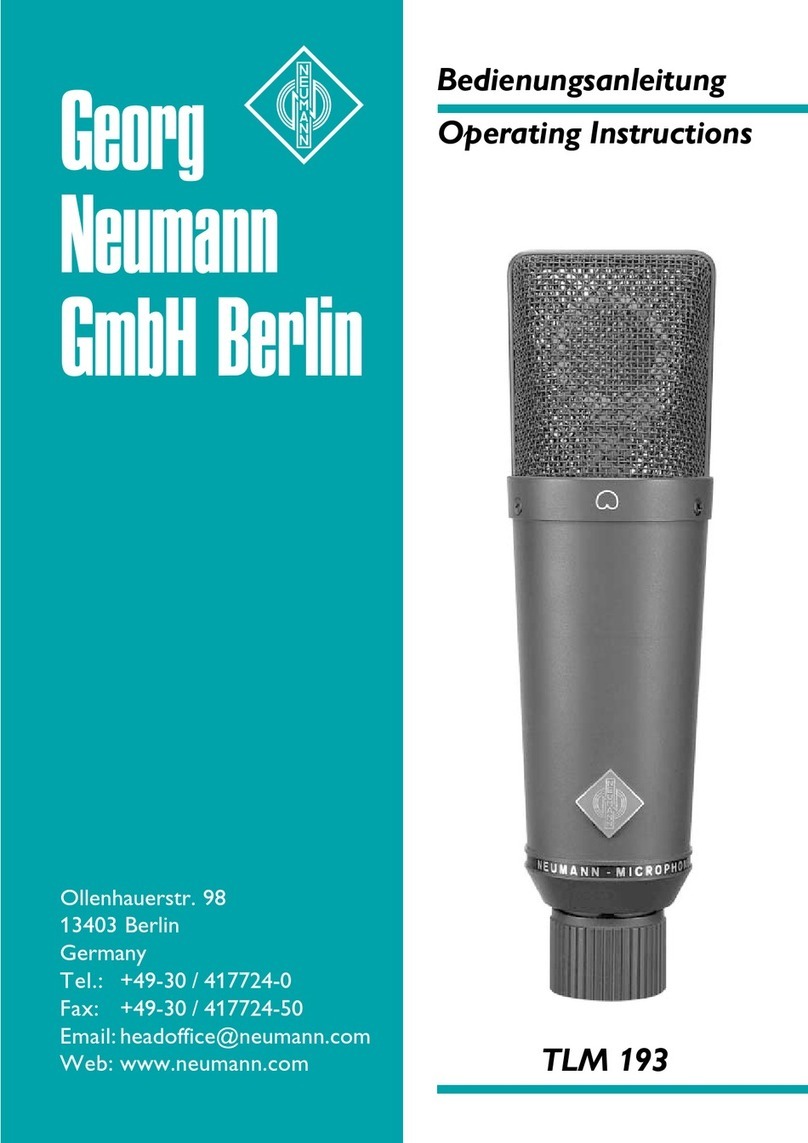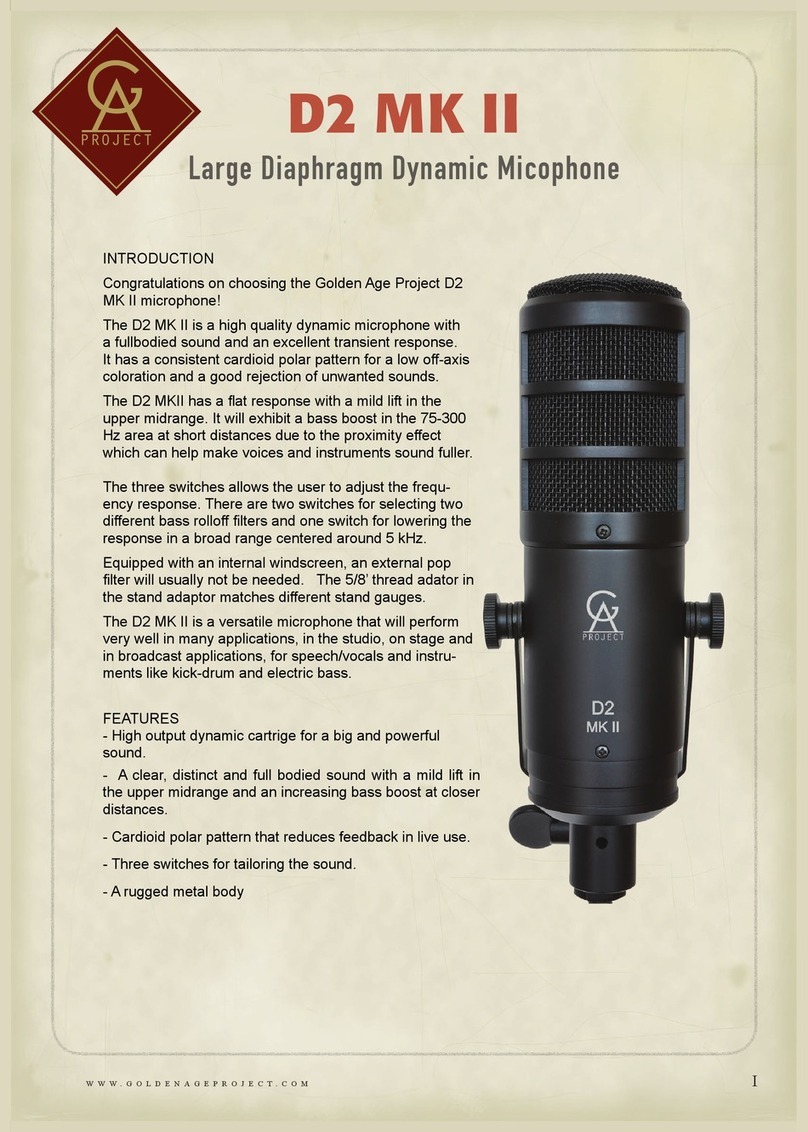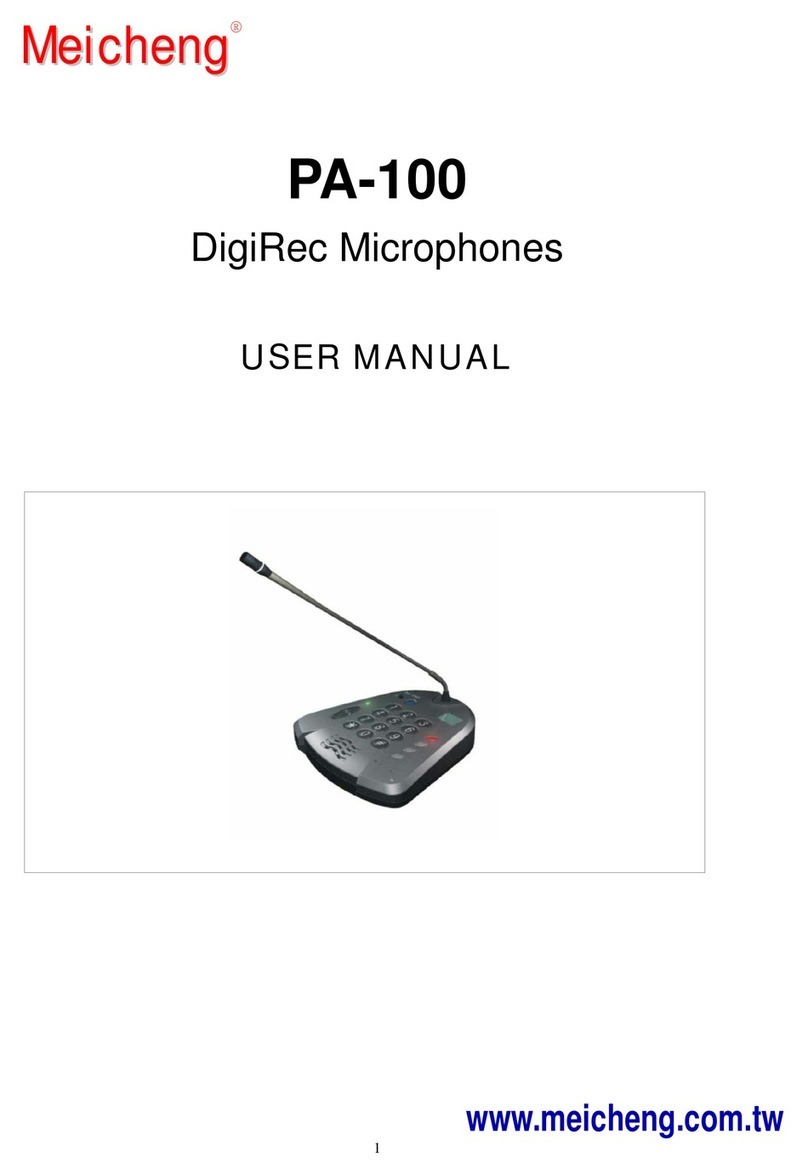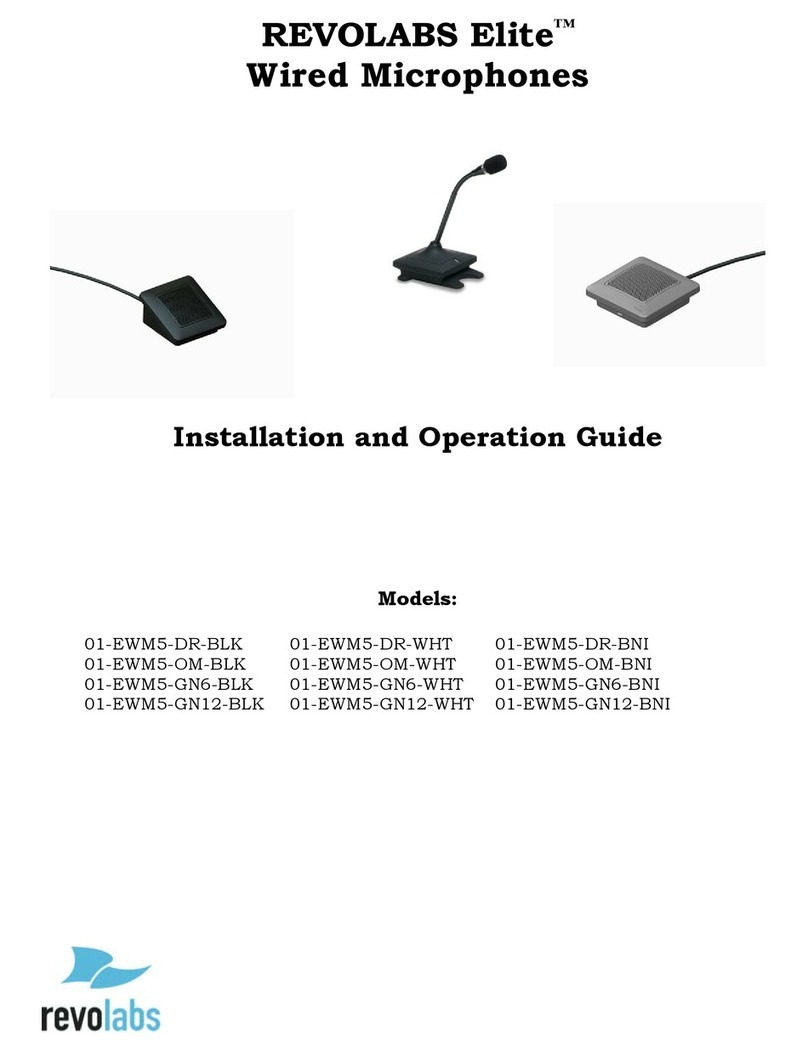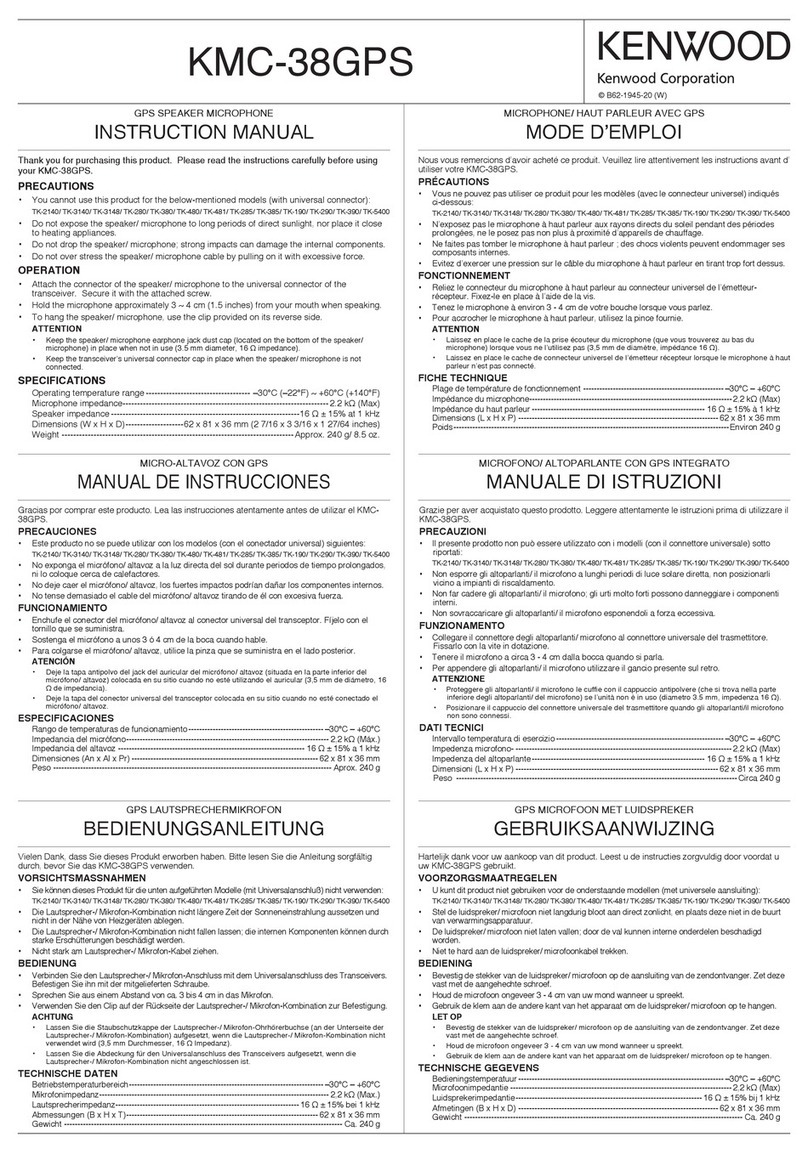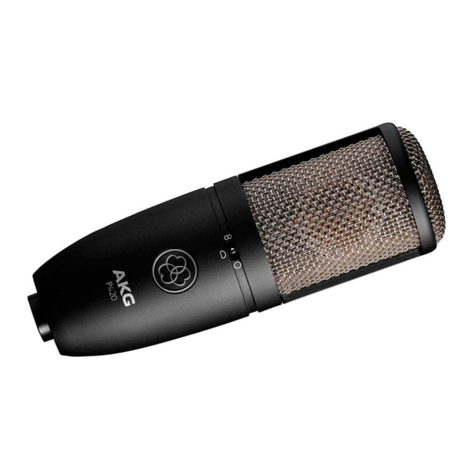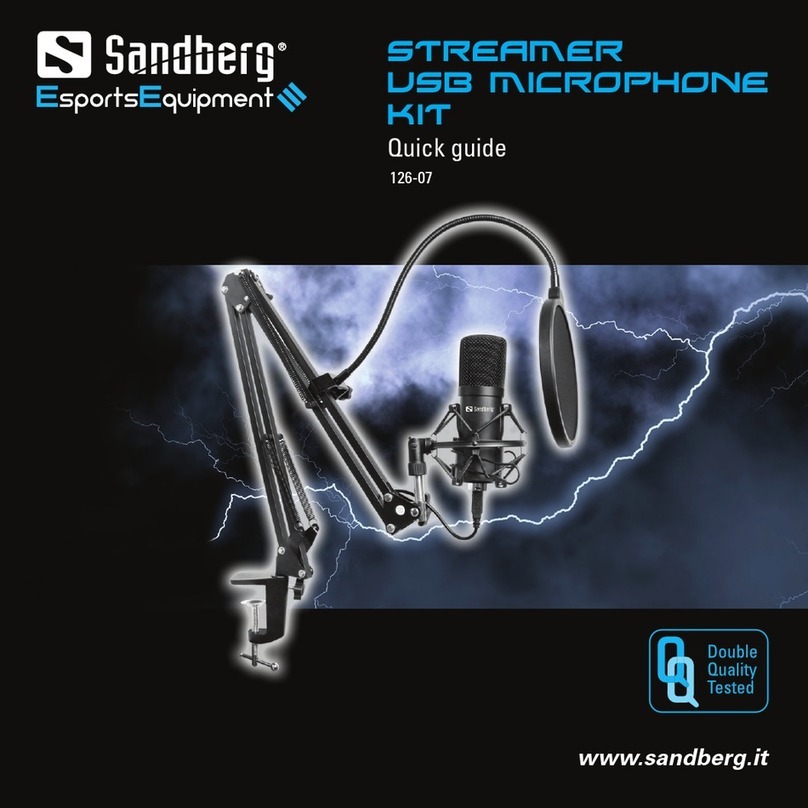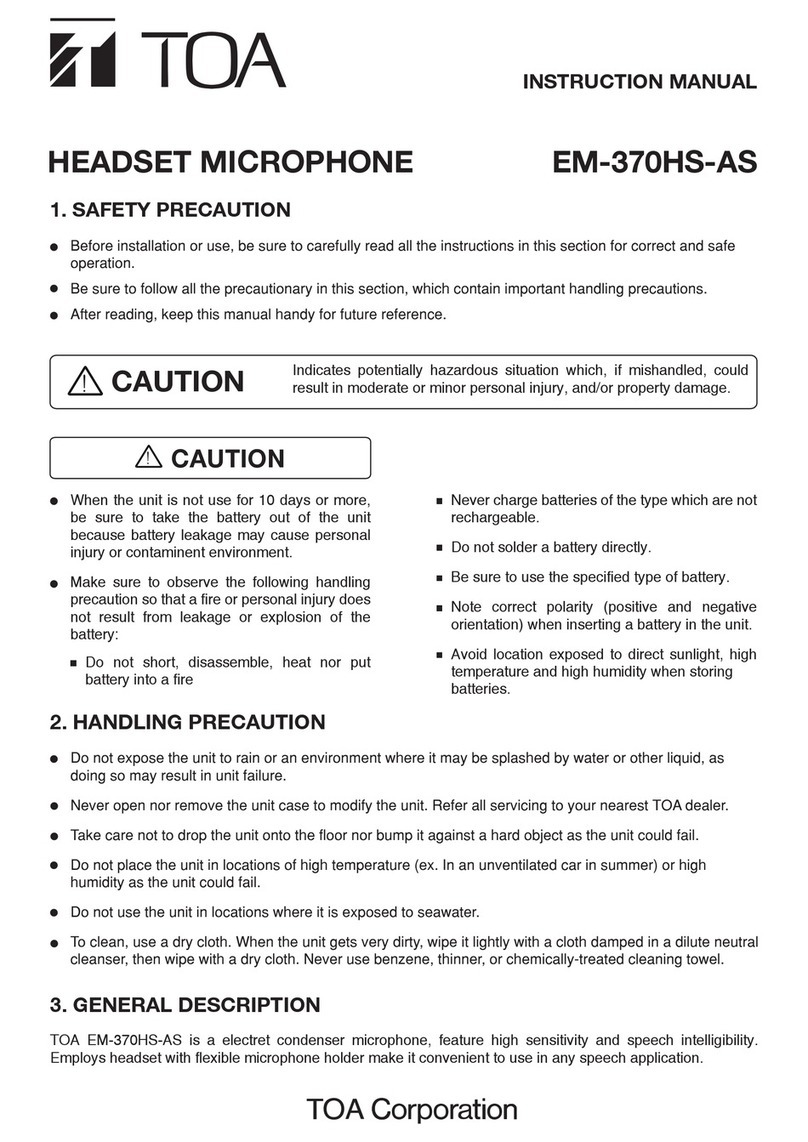Georg Neymann TLM 193 User manual

Product Information
Georg Neumann GmbH, Berlin • Ollenhauerstr. 98 • 13403 Berlin • Germany •Tel.: +49 (30) 417724-0 • Fax: +49 (30) 417724-50
TLM 193
Large Diaphragm
Microphone

Features
• Large diaphragm cardioid
microphone
• Pressure-gradient transducer
• Transformerless circuitry
• Extremely low noise: 10 dB (A)
• Includes swivel mount
• The “plug and play”
microphone for professional
studios, musicians and
homerecording applications
• High-quality professional
equipment for mid-size
budgets
he TLM 193 is a large diaphragm micro-
phone with a cardioid polar pattern. With this
microphone Neumann continues its long tra-
dition, and is offering high end technology
at an affordable price for mu-
sicians and the home recor-
ding studio.
The microphone uses a trans-
formerless circuit, featuring
extremely low self noise and
large dynamic range.
The polar response is very li-
near over a wide incidence
angle. Thus, even signals co-
ming from the side are repro-
duced faithfully and without
coloration.
The exposed surface of the
microphone capsule is at
ground potential, making it immune to typi-
cal interference and contamination. The mi-
crophone is supplied with a swivel mount.
Applications
The TLM 193 is a microphone with cardioid
characteristic for professional recording and
live applications. It is the ideal microphone for
professional productions, for musicians and
project studios.
Polar pattern
The TLM 193 has a large diaphragm capsule
with cardioid characteristic.
Acoustic features
The TLM 193 is addressed
from the front, marked with
the Neumann logo.
The large diaphragm capsule
inside the headgrille has a very
smooth frequency response
for all polar patterns over a
wide acceptance angle.
The curves are flat and paral-
lel to the 0° frequency curve
up to 10 kHz within a pickup
angle of ± 100°.

The TLM 193 differs from omnidirectional
pressure transducers, where, due to physical
reasons, the diffuse-field and free-field respon-
ses never agree.
This microphone has a very even diffuse-field
response for all polar patterns. This is im-
portant in a reverberant environment, as more
reflections arrive at the microphone from dif-
ferent directions.
The acoustic information is not affected in its
tonal quality when recorded by the micropho-
ne. This characteristic is achieved without re-
sorting to corrective resonance effects.
Therefore, the microphone maintains an ex-
cellent impulse response reproducing all tran-
sient phenomena of music and speech without
coloration.
Electrical features
The letters TLM stand for “transformerless
microphone”. With TLM technology the usu-
al output transformer is replaced by an elec-
tronic circuit.
As with traditional transformers, it ensures
good common mode rejection, and prevents
RF interference, that may influence the balan-
ced audio signal.
Compared to other microphones the self noi-
se level of the TLM 193 is considerably redu-
ced. As it is capable of handling sound pressu-
re levels up to 140 dB without distortion, the
TLM 193 provides a dynamic range of 130 dB,
according to DIN/IEC 651.
Operational safety
All exposed surfaces of the microphone cap-
sule, including the diaphragms, are at ground
potential. This technology makes them highly
immune to electrical and at-
mospheric interference and
contamination through micro-
scopic dust particles.
The capsule is elastically
mounted to avoid any struc-
ture borne noise that could in-
terfere with its operation.
The frequency response of the
TLM 193 amplifier is linear
down to 20 Hz. Even very low
bass signals are reproduced without coloration.
Application Hints
• A universal cardioid mic
• Ideal for close miking of instruments with high
sound pressure levels
• Announcer’s mic for broadcasting/dubbing
• Home recording and project studios
• Vocalist recording
• Spot mic for
- wind instruments
- strings
- percussion
- guitar amps
These are just some of the most common applicati-
ons. We recommend additional experimentation to
gain maximum use from this microphone.
This implies that the microphone becomes
more sensitive to subsonic frequencies, from
structure borne noise or pop and wind noise.
To avoid any LF interference, we recommend
to use the EA 1 elastic suspension, the PS 10
or PS 20 pop screen, or the WS 89 windscreen.
Delivery Range
Microphone TLM 193
Stand mount swivel SG 1
Wooden box
Catalog No.
TLM 193 .............................................................. blk ....... 08381
Selection of Accessories
Battery supply, BS 48 i ................................ blk ....... 06494
Power supply, N 48 I-2 (230 V) ............ blk ....... 06500
Power supply, N 48 I-2 (117 V) ............ blk ....... 06502
Power supply, N 48 I-2
(without plug-in mains unit) ..................... blk ....... 06504
Auditorium hanger, MNV 87 mt ............ blk ....... 06806
Elastic suspension, EA 1 mt .................... blk ....... 08450
Popscreen, PS 20 ............................................ blk ....... 07346
Windscreen, WS 89 ...................................... blk ....... 07197
Microphone cable, IC 4 mt
(with stand mount swivel) .......................... blk ....... 06557
A complete survey and detailed descriptions of all
accessories are contained in the accessories catalog.
Meaning of color codes:
blk = black
ni = nickel
TLM 193
Large Diaphragm
Microphone

°
Errors excepted, subject to changes • Printed in Germany • Publ. 11/00 58151/A03
Technical Data
Acoustical operating principle ................................ Pressure gradient transducer
Directional pattern .................................................................................................... Cardioid
Frequency range ......................................................................................... 20 Hz...20 kHz
Sensitivity at 1 kHz into 1 kohm ................................................................... 18 mV/Pa
Rated impedance ...................................................................................................... 50 ohms
Rated load impedance .................................................................................... 1000 ohms
Equivalent SPL CCIR 468-3 ....................................................................................... 21 dB
Equivalent SPL DIN/IEC 651 ............................................................................... 10 dB-A
S/N ratio CCIR 468-3 .................................................................................................... 73 dB
S/N ratio DIN/IEC 651 ................................................................................................ 84 dB
Maximum SPL for THD 0.5% ............................................................................... 140 dB
Maximum output voltage ....................................................................................... 13 dBu
Dynamic range of the microphone amplifier DIN/IEC 651 ............... 130 dB
Supply voltage ....................................................................................................... 48 V ± 4 V
Current consumption ..................................................................................................... 3 mA
Matching connector ...................................................................................................... XLR3F
Weight ................................................................................................................................... 480 g
Diameter ........................................................................................................................... 49 mm
Length .............................................................................................................................. 175 mm
Other manuals for TLM 193
1
Table of contents
Other Georg Neymann Microphone manuals
Popular Microphone manuals by other brands

Suzuki
Suzuki HMH-200 owner's manual

Kenwood
Kenwood KMC-21 - Speaker Microphone parts list
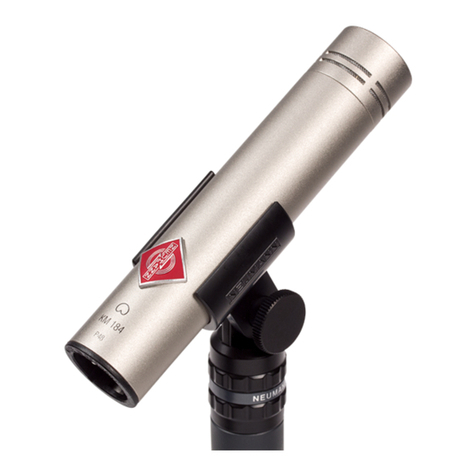
Neumann.Berlin
Neumann.Berlin Series 180 operating instructions
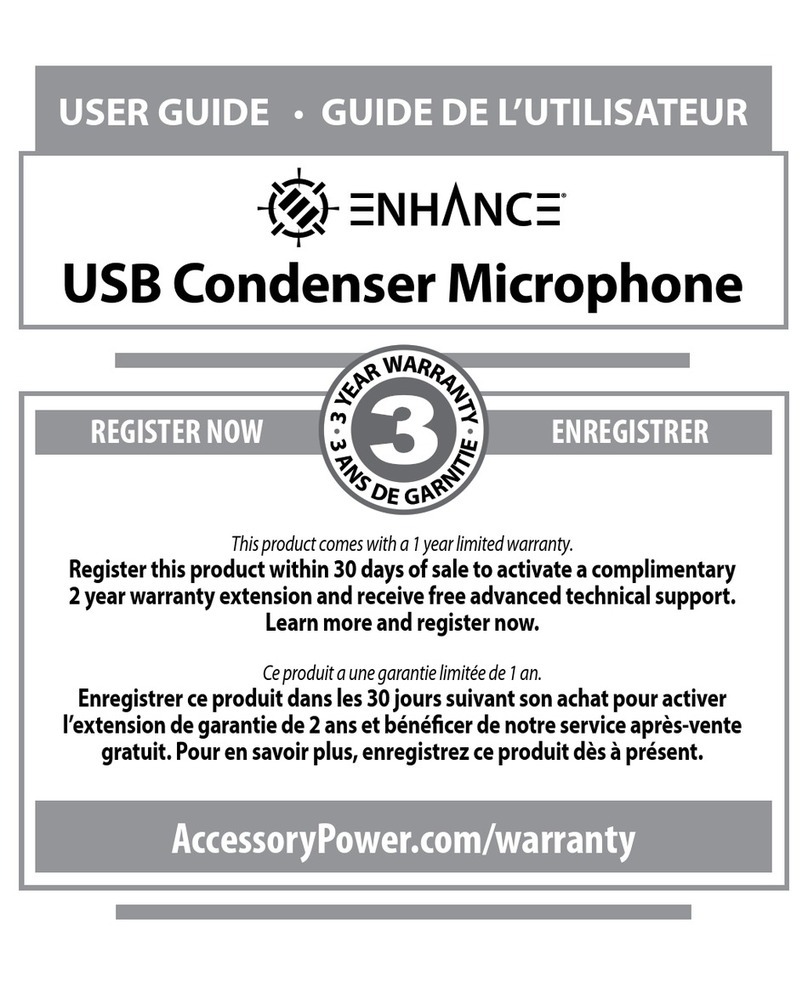
Accessory Power
Accessory Power ENHANCE ENPCCM1100BKEW user guide

Sennheiser
Sennheiser HM 35 Instructions for use
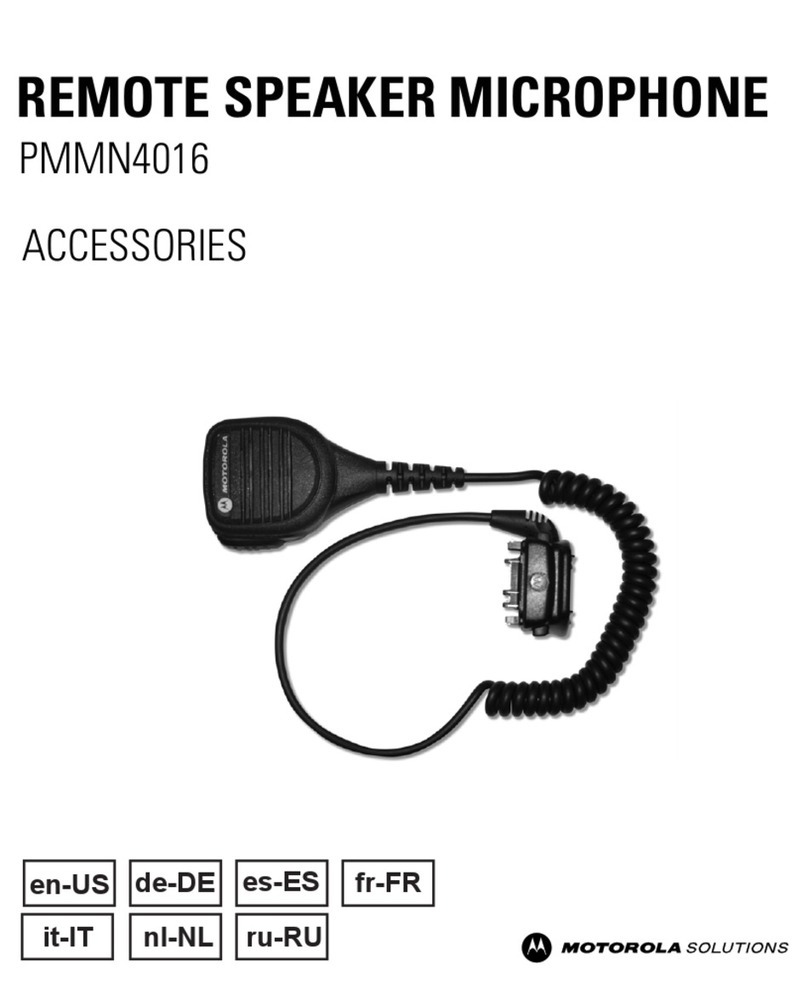
Motorola solutions
Motorola solutions PMMN4016 user guide
